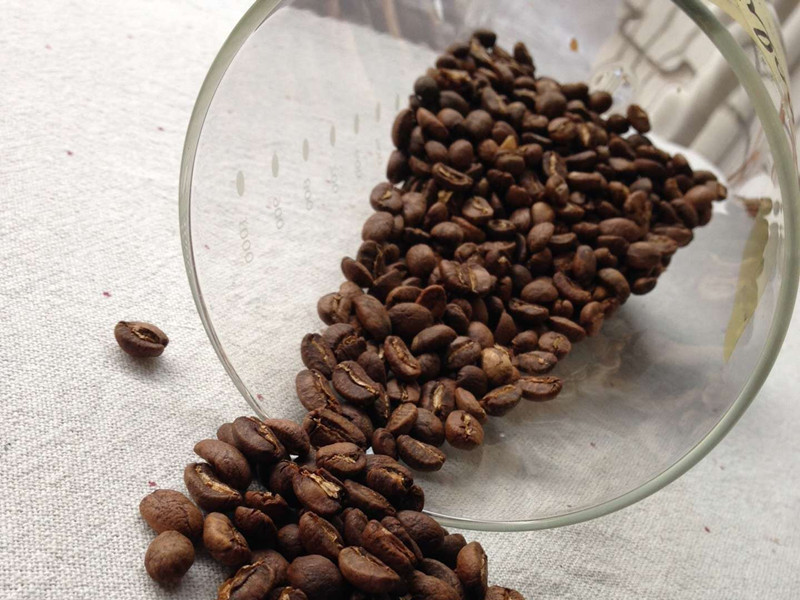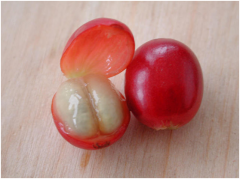How about oiled coffee beans? The reason for the oil from coffee beans

Spring is warm and sunny, and the temperature here in Chongqing is getting higher and higher, so recently more friends have asked whether fresh beans should be dry on the surface, and those with glossy light must not be fresh, right?
The answer, of course, is: no
Mr. Luo of Chongqing Donghua barista training School is here. I will briefly talk about it for you.
The oil performance of coffee is mainly related to temperature and baking degree. Generally speaking, the shallower the roasting degree, the less oil on the bean surface after roasting. The deeper the roasting degree, the more oil the beans will show. In the same way, the same is true of the relationship between temperature and temperature. If the temperature is low, the bean table will be made.
The speed of oil production is slow, but if the temperature is high, the speed of oil production will be accelerated.
The process of coffee oil production is mainly carried out in the following order: coffee beans do not produce oil / secrete less oil / begin to secrete oil-- oil secretion increases-- oil gloss-- the oil has been dried back to the coffee bean itself-- the surface of the bean is dry again-- and then continue to come out.
Oil (by this time the coffee with oil is already very bad)
The following picture hopes to help you understand the effect of baking degree and temperature on the performance of bean oil.
Important Notice :
前街咖啡 FrontStreet Coffee has moved to new addredd:
FrontStreet Coffee Address: 315,Donghua East Road,GuangZhou
Tel:020 38364473
- Prev

Three kinds of coffee beans with the best quality in the world
1. The origin of Arabica coffee tree is Ethiopia, and its coffee bean production accounts for 70% of the world's output. The world-famous Blue Mountain Garffin, Mocha Coffee and so on are almost all Arabica species. Arabica coffee trees are suitable for growing in high mountains with large temperature difference between day and night, as well as low humidity and well-drained soil; the ideal altitude is 2000 meters, the higher the altitude, the better the quality.
- Next

The processing method of high-quality coffee beans how to turn coffee fruits into coffee beans?
There are a pair of oval seeds in the center of the fruit of the coffee tree, which are covered with exocarp, endocarp and pulp. Ripe fruit will rot in a short period of time without treatment, so the purpose of refining is to enable coffee beans to be preserved for a long time, easy to store and circulate. Figure (1) Coffee fruit Coffee fresh fruit should be dealt with immediately after being harvested. Refining is to remove the peel and pulp of coffee fruit
Related
- Guji coffee producing area of Guji, Ethiopia: Humbela, Shakiso, Wulaga
- What is the most expensive variety of Qiloso in BOP multi-variety group?
- How to store the coffee beans bought home?
- Why are Yemeni coffee beans so rare now?
- Ethiopian Sidamo all Red Fruit Sun Sun Santa Vini Coffee beans
- SOE is mostly sour? What does it mean? Is it a single bean? what's the difference between it and Italian blending?
- Is Italian coffee beans suitable for making hand-brewed coffee?
- How to choose coffee beans when making cold coffee? What kind of coffee beans are suitable for making cold coffee?
- Just entered the pit to make coffee, what kind of coffee beans should be chosen?
- Can only Japan buy real Blue Mountain Coffee? What are authentic Jamaican Blue Mountain coffee beans?

